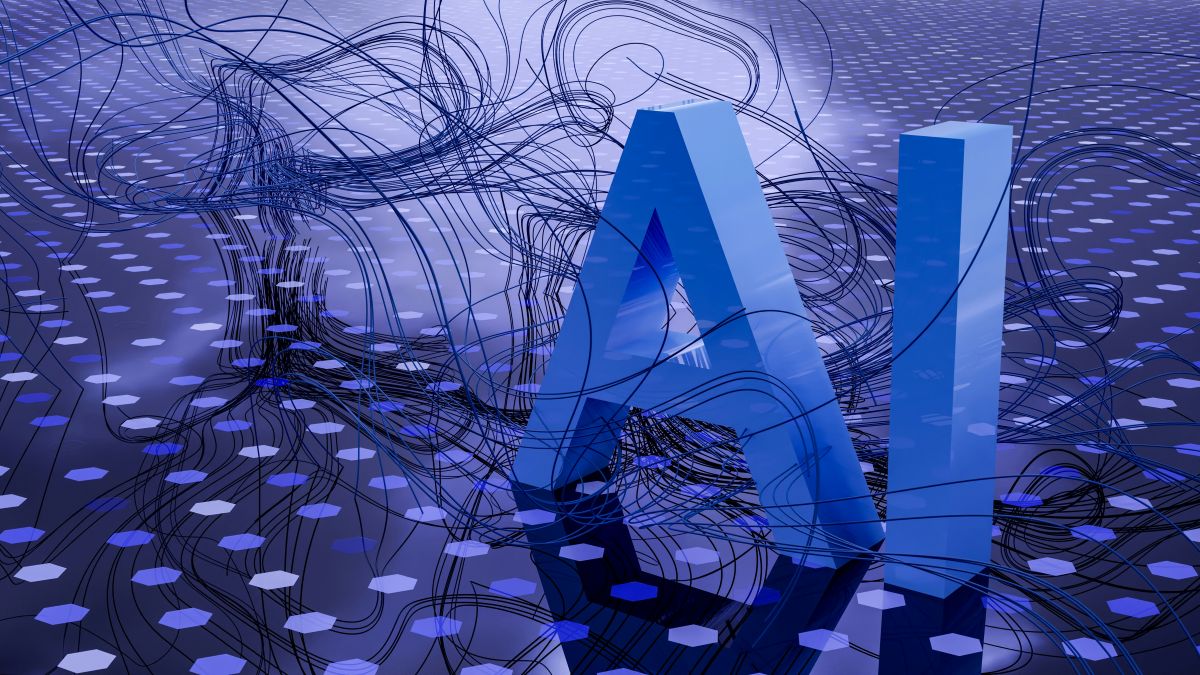Generative AI in UX/UI Design: Revolution or Hype?
In recent years, generative AI has made waves across various industries, from healthcare to entertainment. As the field continues to grow, one area where its influence is becoming particularly prominent is in UX/UI design. For a profession that thrives on creativity, user empathy, and usability, the idea that artificial intelligence could revolutionize design processes seems almost too good to be true. However, is the buzz around generative AI in UX/UI design a true revolution, or is it merely the latest trend in a field that has seen numerous technological advancements?
In this blog, we will explore how generative AI is transforming UX/UI design, examining its potential benefits, challenges, and the role it may play in the future of design. We’ll also discuss whether this technology is a genuine breakthrough or just another passing trend in the ever-evolving world of digital design.
What is Generative AI?
Generative AI refers to a type of artificial intelligence that can create new content or ideas rather than simply analyze or recognize existing data. This could include anything from generating images and text to creating music or even designing user interfaces. In UX/UI design, generative AI tools can assist in creating layouts, visual elements, or even entire design systems based on predefined parameters.
These AI systems learn from vast datasets and use machine learning algorithms to generate new, often innovative solutions that a human designer might not have considered. The technology isn’t just about automation; it’s about augmentation—helping designers speed up their workflows while maintaining, or even enhancing, creativity and usability.
How Generative AI is Changing the UX/UI Design Landscape
1. Automating Routine Tasks
One of the most immediate benefits of generative AI in UX/UI design is its ability to handle repetitive tasks. For instance, AI-powered tools can generate various design layouts or mockups based on input specifications, such as color schemes, typography, and other design elements. This saves designers valuable time, allowing them to focus more on strategic and creative decisions rather than on tedious tasks like resizing elements or adjusting alignment.
Moreover, generative AI can automatically adjust designs to fit different screen sizes, ensuring that designs are responsive and compatible across multiple devices without the need for manual adjustments. These automated features streamline the design process and reduce the likelihood of human error, especially when working on large projects or multiple iterations.
2. Enhancing Creativity and Design Variations
While generative AI can handle the technical aspects of design, it also has the potential to inspire new creative directions. By generating a wide range of variations on a particular design, AI allows designers to explore more options than they might otherwise have time to create manually. For example, a generative AI tool might produce multiple layout options for a landing page based on a designer’s input, each with different placements of images, text, and buttons. This kind of experimentation can lead to fresh, innovative designs that push the boundaries of traditional UX/UI thinking.
AI-powered tools can also learn from existing design trends and user behavior data, ensuring that the designs they generate align with current industry standards and user expectations. This feedback loop can help designers stay on top of evolving trends and deliver designs that resonate with modern audiences.
3. Personalized User Experiences
Generative AI can be used to create more personalized user experiences by analyzing vast amounts of user data to understand preferences, behaviors, and pain points. This data-driven approach allows AI to generate design solutions that are tailored to specific user needs, making the user experience more intuitive and engaging.
For instance, AI can analyze user interactions with a website or app and suggest design improvements based on patterns it identifies. This could include changes to layout, navigation, or content placement, all aimed at improving usability and user satisfaction. By leveraging AI to personalize designs, UX/UI designers can create experiences that feel more relevant and connected to each individual user.
4. Speeding Up the Prototyping Process
Prototyping is a crucial part of the design process, but it can be time-consuming and resource-intensive. Generative AI can dramatically speed up this process by quickly creating interactive prototypes based on initial design concepts. AI tools can simulate user interactions, allowing designers to test out their ideas in real-time without the need for manual coding or lengthy revisions.
For example, AI can generate a functional prototype for a mobile app within hours, enabling designers to test usability and user flows early in the design process. This quick feedback loop helps teams make informed decisions faster, reducing the overall time spent in the design and testing phases.
5. Enhancing User Research and Insights
In UX/UI design, user research is essential for understanding the needs, preferences, and behaviors of target audiences. Generative AI can assist in this process by analyzing user feedback, surveys, and data from user testing sessions. AI can help identify patterns in user behavior, providing designers with insights into how users interact with interfaces and where they encounter obstacles.
By using AI to process and analyze this data, designers can uncover valuable insights that might be missed through manual analysis. These insights can then inform design decisions, leading to more effective and user-friendly interfaces. Additionally, AI can automate the process of user testing by simulating user interactions with prototypes and identifying areas for improvement.
Challenges and Limitations of Generative AI in UX/UI Design
Despite its many advantages, generative AI in UX/UI design is not without its challenges. While AI can generate design variations and assist with repetitive tasks, it still lacks the intuition and empathy that human designers bring to the table. The subtlety of understanding user emotions, context, and cultural nuances is something that AI has yet to master.
Furthermore, generative AI tools require large datasets to function effectively. These datasets must be diverse and high-quality to ensure that the AI generates useful and relevant designs. If the data used to train the AI is biased or incomplete, the resulting designs may reflect those biases, potentially leading to suboptimal user experiences.
Another limitation of generative AI in design is the risk of over-reliance on automation. While AI can be a powerful tool for enhancing design workflows, it should not replace the human touch. Designers must still exercise critical thinking and creativity to ensure that the designs AI generates align with the goals of the project and the needs of the end users.
Is Generative AI a Revolution or Just Hype?
The impact of generative AI on UX/UI design is still unfolding, and opinions on its significance vary. On one hand, AI has already demonstrated its ability to automate repetitive tasks, generate creative design variations, and personalize user experiences. These capabilities suggest that generative AI could indeed be a game-changer in the industry, allowing designers to work more efficiently while pushing the boundaries of creativity.
However, AI is still a tool, not a replacement for human designers. While it can assist in various aspects of the design process, it cannot replace the empathy, creativity, and strategic thinking that designers bring to the table. Therefore, rather than being a revolution in the traditional sense, generative AI could be seen as an augmentation—a tool that empowers designers to work faster, explore more ideas, and deliver better user experiences.
Find a Future in AI Today
Generative AI is undoubtedly having a significant impact on UX/UI design. By automating routine tasks, enhancing creativity, and personalizing user experiences, AI is making design processes more efficient and effective. However, the technology still has its limitations, and human designers will continue to play a critical role in ensuring that designs meet user needs and project goals.
As generative AI continues to evolve, it will likely become an increasingly integral part of the UX/UI design process. While it may not be a complete revolution, it certainly represents a major shift in how designers approach their craft. By embracing AI as a powerful tool for augmentation, rather than replacement, designers can leverage its capabilities to create better, more innovative designs.
If you’re looking to harness the power of generative AI in your career or organization, consider enrolling in WorkForce Institute’s accelerated generative AI program. This comprehensive program is designed to upskill or reskill professionals in modern generative AI best practices, empowering you to stay ahead of the curve in an industry increasingly shaped by artificial intelligence.

